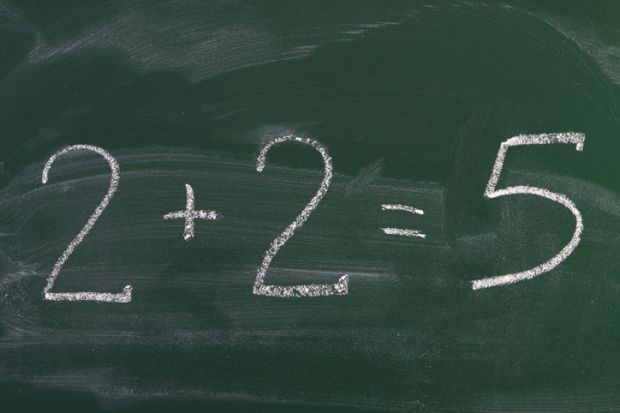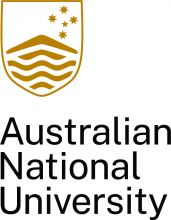Australia’s proposal to slash tuition fees for mathematics courses helps signpost the discipline’s importance to the country’s future, but the government has mixed the message by cutting the overall funding envelope, according to commentators.
Graeme Hocking, chair of the Industrial and Applied Mathematics division of the Australian Mathematical Society, said that the government’s acknowledgment of graduates’ employment prospects was welcome. “But it’s a confusing message to send to the universities [that they will get] less money overall,” he said. “It’s almost introduced a conflict between the universities and the students.”
Education minister Dan Tehan has said that a key objective of the proposals is to boost graduate numbers in areas of expected employment growth, including science, technology, engineering and maths (STEM). Under his plan, fees for maths will be slashed by 62 per cent or A$5,998 (£3,312) a year.
To help compensate, government subsidies for maths courses will be raised by A$2,485. But overall, universities will receive A$3,513 less for every maths student they enrol.
The government says that it wants to align course fees and subsidies with the real costs of teaching. It estimates that funding for maths courses currently exceeds teaching costs by about A$3,750 a year, suggesting that the proposals will bring the two closely in line.
But Professor Hocking warned of unintended consequences. He joked that universities might mount marketing campaigns to persuade would-be maths students to switch to humanities, which will be worth an extra A$2,570 per student to universities under the government’s proposals.
Meanwhile, few budding students would radically change their choice of disciplines to minimise future tuition fee loan debts. “It’s not like buying a pair of socks,” he said. “I was going to do philosophy but now I’ll do maths – it’s just not the way it works.”
Equally, while some financially “desperate” universities might rejig their enrolment mixes to boost revenue, few would reduce their commitment to “fundamental” disciplines like maths – along with physics, chemistry, biology, history, economics or philosophy – although some institutions might not market the less lucrative courses so enthusiastically.
Australian National University physicist Jodie Bradby said that the overall funding reduction for science, which will lose A$4,758 per student per year under the government’s proposals, had caught the sector off guard. “This is not at all what we were expecting.
“To have it announced this year when the sector is facing a big hole from the lack of overseas students plus additional costs [from] transitioning rapidly to off-campus education – [and] then, shockingly, we get less money. I was hoping that there would be something to help us through the next 18 months or so.”
Details are yet to emerge about some elements of the government’s proposals, including the A$900 million STEM-focused National Priorities Industry and Linkage Fund. The Australian Mathematical Sciences Institute declined to comment on the reforms at this stage, saying that it wanted to assess the full package.
Professor Hocking said that while teaching maths would be less profitable under the proposals, this was unlikely to trigger lob losses. He said maths faculties earned the bulk of their income teaching large first-year classes in related disciplines such as biology, economics, education, engineering and chemistry.
But he said that the government could encourage maths enrolments by reviving student-focused marketing campaigns which had proven “very successful” in the past. Fostering interest in the discipline requires “more than a price signal”, he said.
Register to continue
Why register?
- Registration is free and only takes a moment
- Once registered, you can read 3 articles a month
- Sign up for our newsletter
Subscribe
Or subscribe for unlimited access to:
- Unlimited access to news, views, insights & reviews
- Digital editions
- Digital access to THE’s university and college rankings analysis
Already registered or a current subscriber? Login










